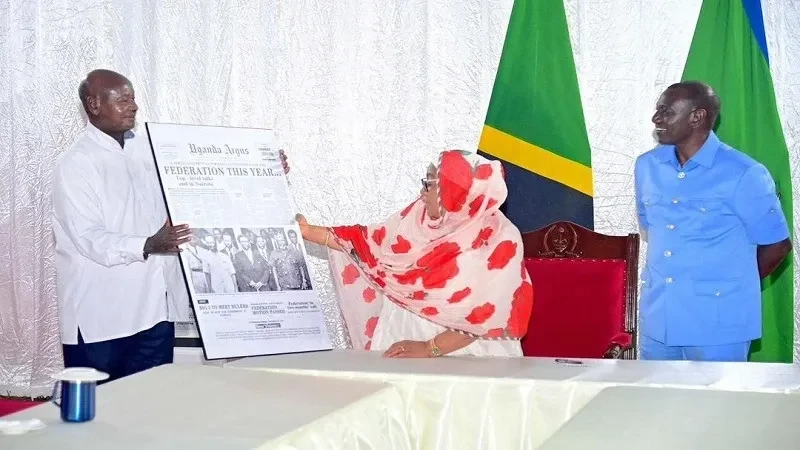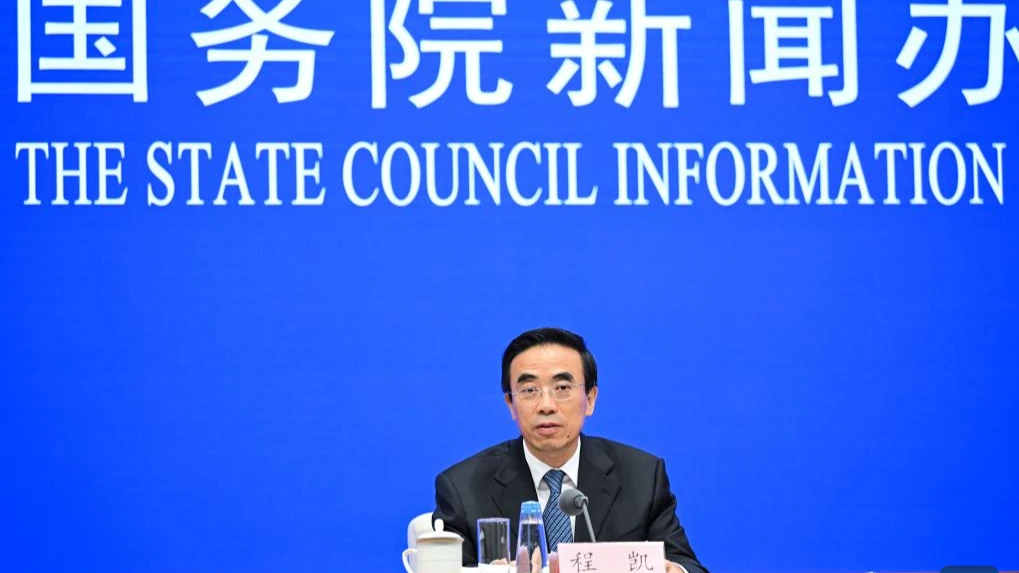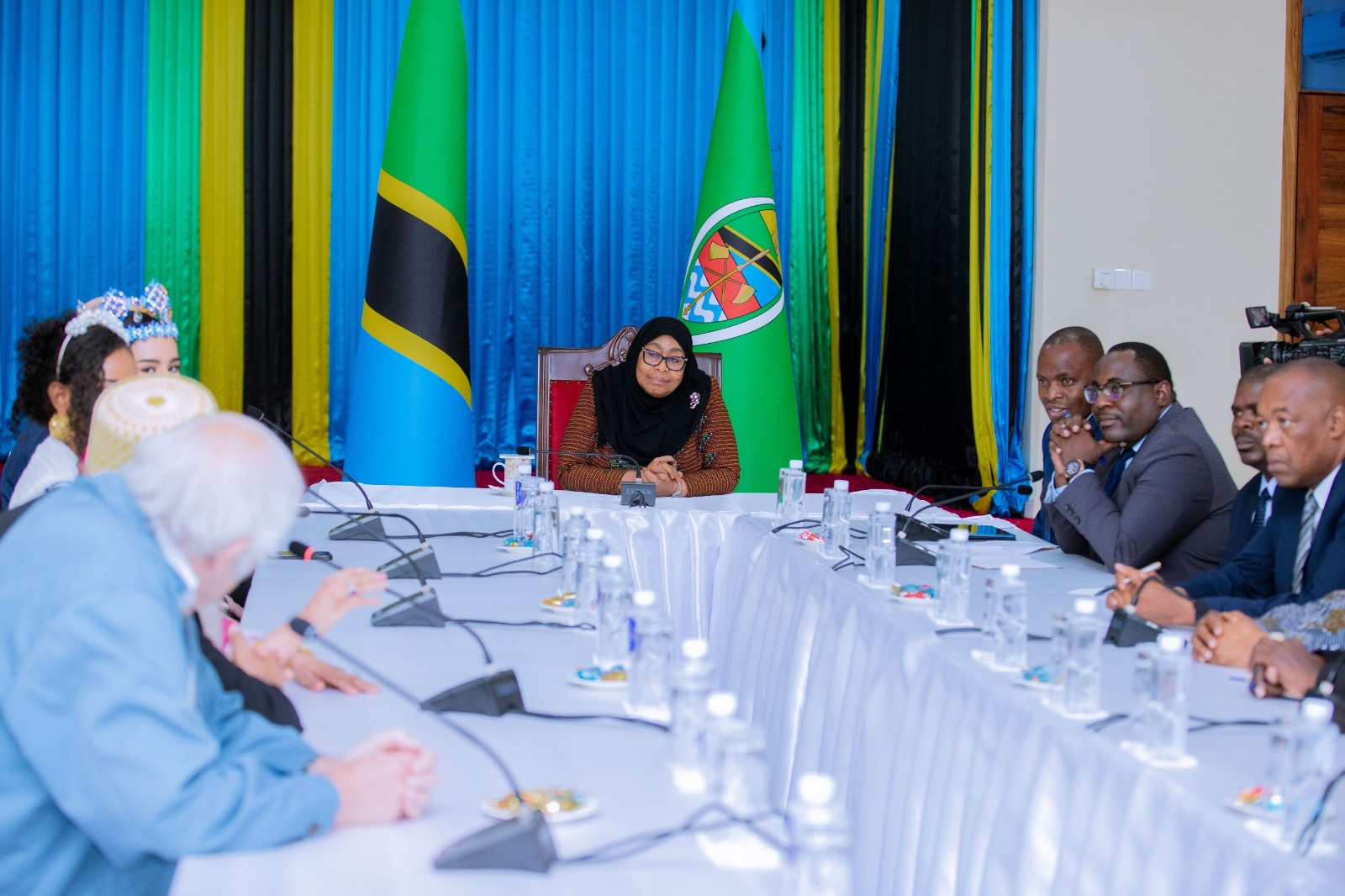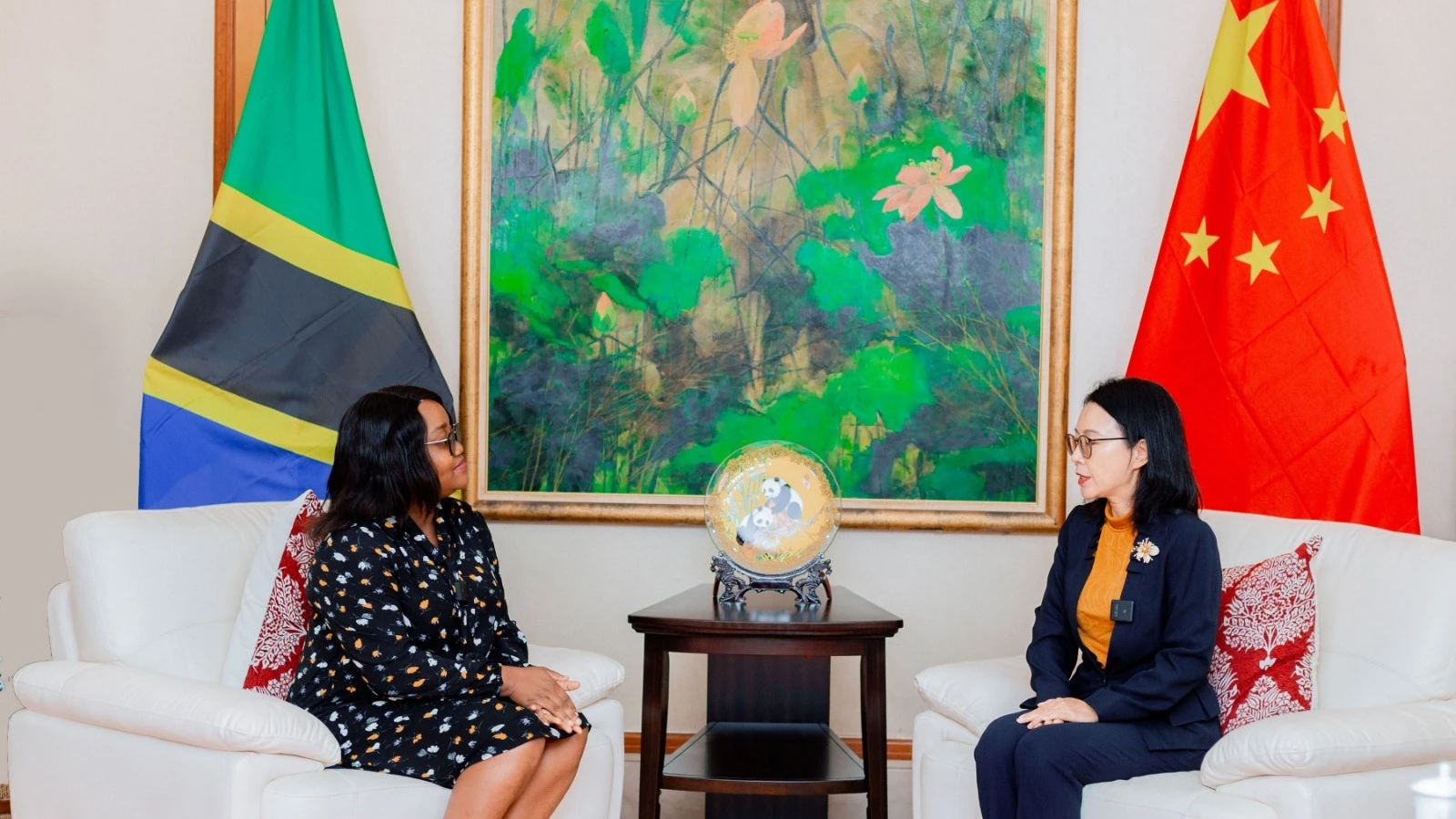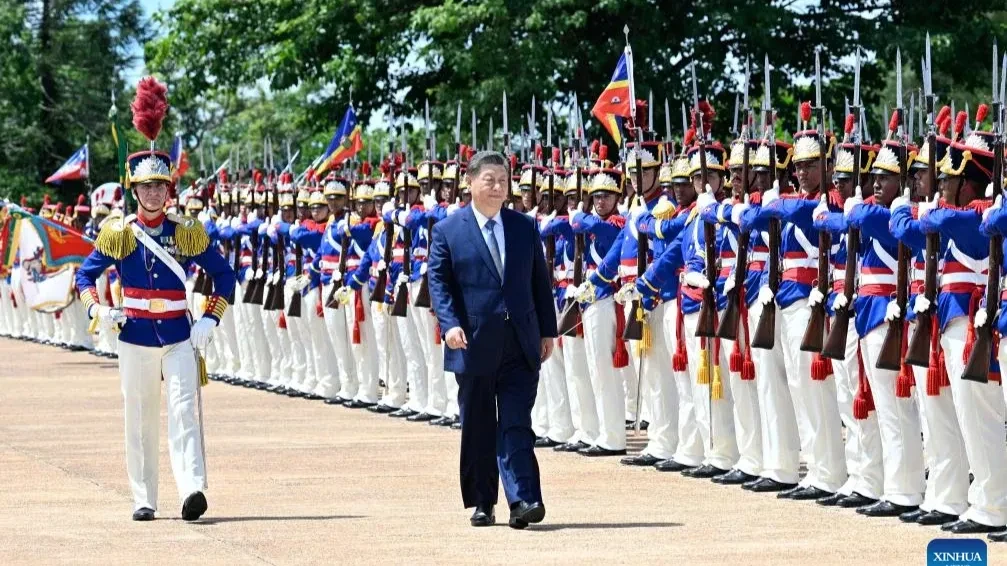BoT expects further growth of forex market

Foreign exchange liquidity is expected to improve further in the second half of 2025, supported by seasonal peaks in export receipts and increased tourism arrivals.
The Bank of Tanzania (BoT) monetary policy report for July says the ongoing campaign promoting the use of the shilling for local transactions is anticipated to ease demand-side pressures on foreign exchange, thereby supporting the currency’s value.
These trends are likely to improve the current account balance and reduce pressures on gross official reserves, although they may dampen the performance of export sectors sensitive to relative price shifts, it says.
According to the report, the developments in the Foreign Exchange Market Foreign exchange market liquidity improved markedly during the quarter ending June 2025, primarily reflecting increased inflows from the cash crop export season, which commenced in late May, as well as sustained earnings from tourism and gold, buoyed by rising global prices.
Additionally, continued regulatory enforcement of Section 26(2) of the Bank of Tanzania Act, which prohibits the use of foreign currency for domestic transactions, curtailed demand and channeled more foreign exchange through formal banking channels.
Reflecting these developments, total bank sales in the Interbank Foreign Exchange Market (IFEM) rose substantially to USD 204.4 million from USD 110.9 million in the previous quarter.
Of this, the Bank of Tanzania’s sales amounted to USD 63.5 million, down from USD 78 million.
Improved liquidity also prompted some banks to approach the Bank for foreign exchange swaps or outright sales to meet domestic currency demand, particularly amid end-of-quarter tax and dividend payment obligations.
The shilling strengthened against the US dollar, appreciating by 0.7 percent during the quarter compared to a depreciation of 8.6 percent in the preceding quarter.
On an annual basis, the exchange rate depreciated by 0.18 percent, markedly lower than the 3.4 percent depreciation recorded in the year ending May 2024.
The nominal and real effective exchange rates (NEER and REER) reflected similar stability, with the REER remaining slightly above its equilibrium level, suggesting no significant misalignment that would threaten external competitiveness.
This trend has also improved the foreign foreign reserves significantly, as of June 2025, gross official foreign reserves stood at USD 5,971.5 million, the highest level recorded in recent years, sufficient to cover 4.8 months of imports and above the country benchmark of 4 months.
The reserve position is expected to remain adequate in the near term, supported by continued gold purchases, strong export performance, particularly gold and manufactured goods, seasonal tourism inflows, and improved enforcement of regulations mandating the exclusive use of the Tanzanian shilling in domestic transactions.
Top Headlines
© 2025 IPPMEDIA.COM. ALL RIGHTS RESERVED









